Hyperlocal market in India has largely been driven by rising no. of start-ups and 'on-demand delivery preference': Report
Updated: Mar 17, 2016 07:16:44am
New Delhi, Mar 17 (KNN) The Hyperlocal market in India has largely been driven by rising number of startups and “on-demand delivery preference” of the consumers, according to the Research Analyst, Ken Research.
Hyperlocal service based or industry based sector is largely an urban Indian phenomenon. Services are Hyperlocal by means of their nature and are driven by locality or community in which they operate.
Hyperlocal market in India has been segmented in six broad categories namely logistics, Food-chefs and Restaurants, Grocery, Pharmacy, Concierge, Logistics and Horizontal Hyperlocal space. Hyperlocal market largely operates by means of an aggregation model that involves coupling of logistics/delivery services to improve the last mile delivery, Ken Research said in its publication on “India Hyperlocal Market Outlook to 2020 - Driven by Rising Start-ups Firms and Fluctuating Investments- Ken Research”.
Collaboration with merchants and customers through a flexible mobile application acts a business model for Hyperlocal firms in India. Significant number of start-ups which operate in the Hyperlocal market place on the basis of milk and run model[1] wherein members pick up and drop off deliveries on a dynamic route, said the report.
India Hyperlocal market has been driven by the rise in the number of start-ups due to demographic diversity, vast consumer base and growing digitization. The market has witnessed a transformation from brick and mortar stores towards development of mobile application.
Hyperlocal market in India is majorly a collaboration of benefits and convenience of online shopping.
The major players dominating the Hyperlocal segment are Roadrunnr (Logistics), Grofers (grocery), Foodys.in (Food delivery) and Local Oye (Horizontal Hyperlocal market).
The market space has witnessed a rise in the number of startups since 2014 with more than 27 deals in the year 2015 and has received a funding of more than USD 250 million since January, 2015 with Sequoia Capital being the largest investor in the market. Grofers (USD 120 million) has received the highest amount of funding in the Hyperlocal marketplace followed by Swiggy (USD 35 million) and Zopper (USD 20 million).
The market has been divided into five major segments namely Logistics, Grocery, Food Delivery, Pharmacy and Horizontal Hyperlocal segment, highlighted the report.

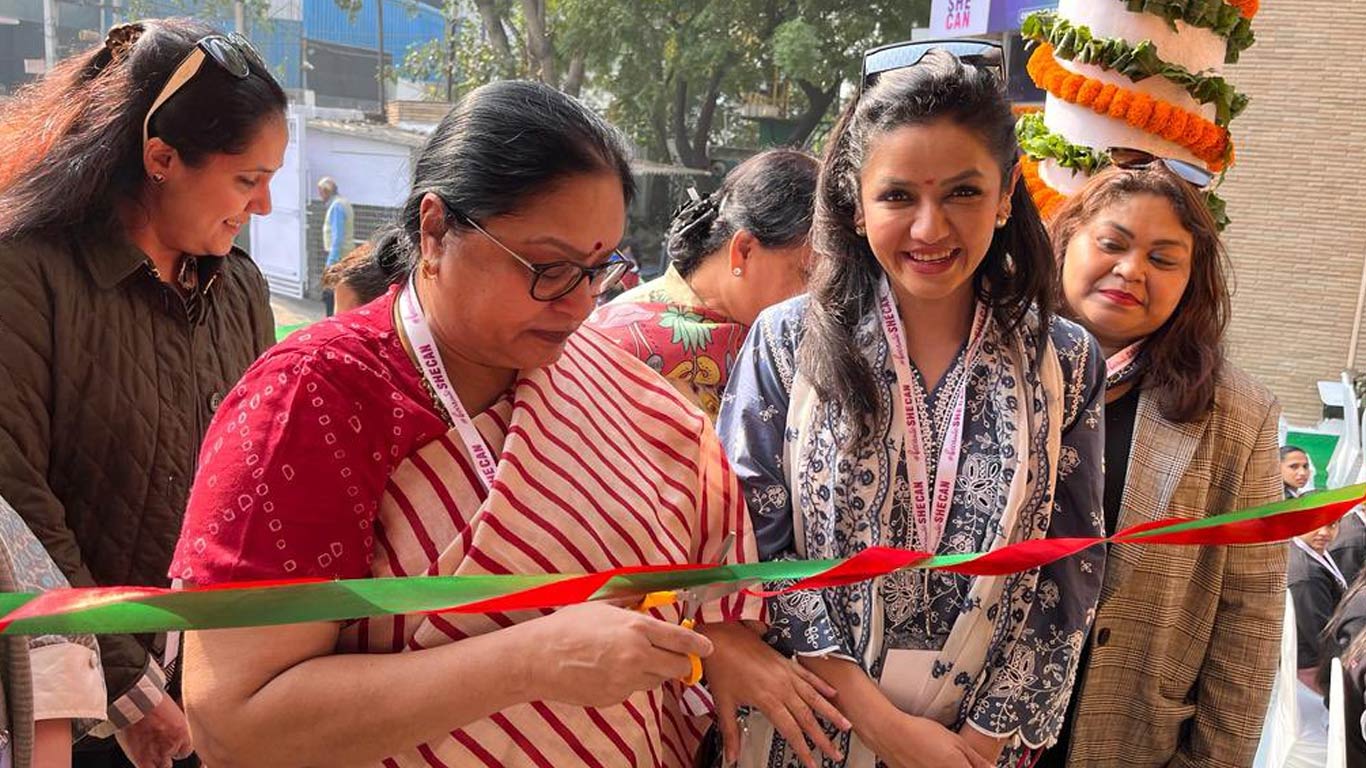
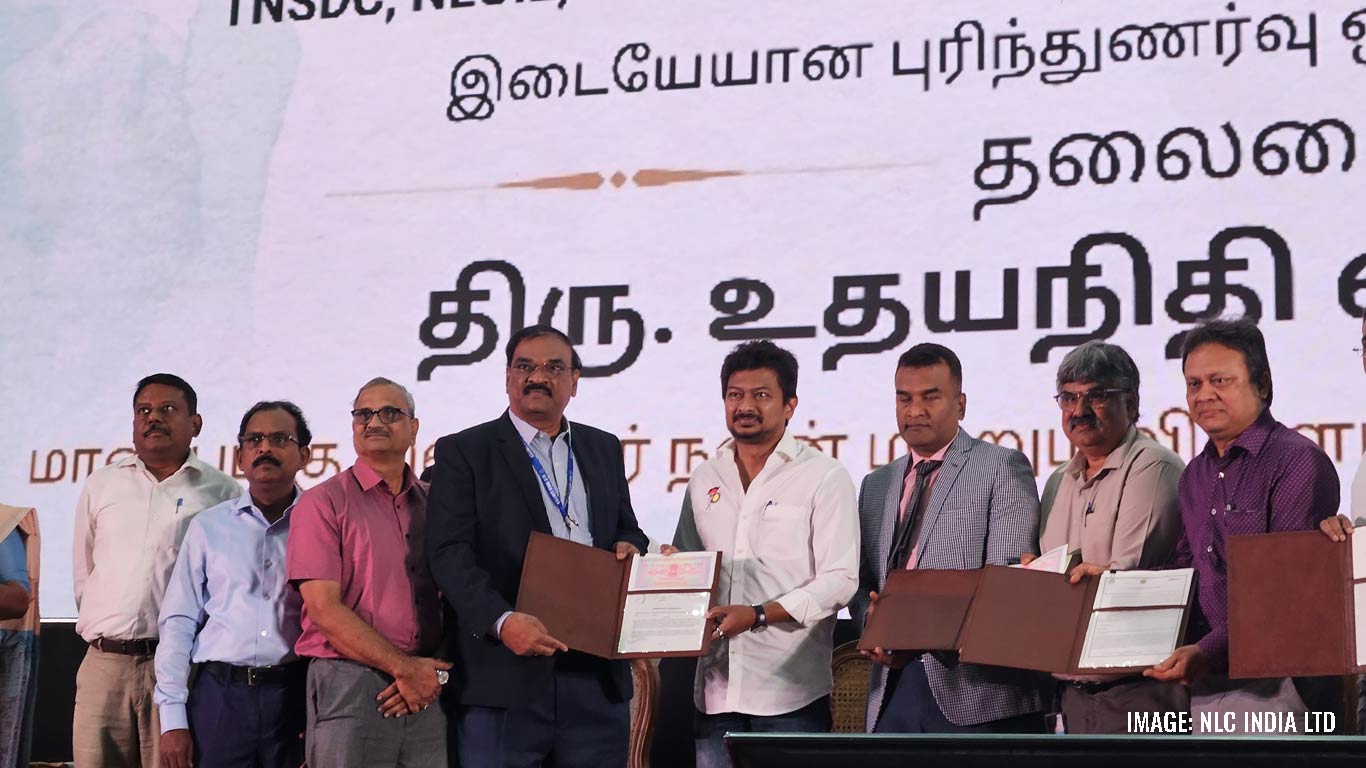
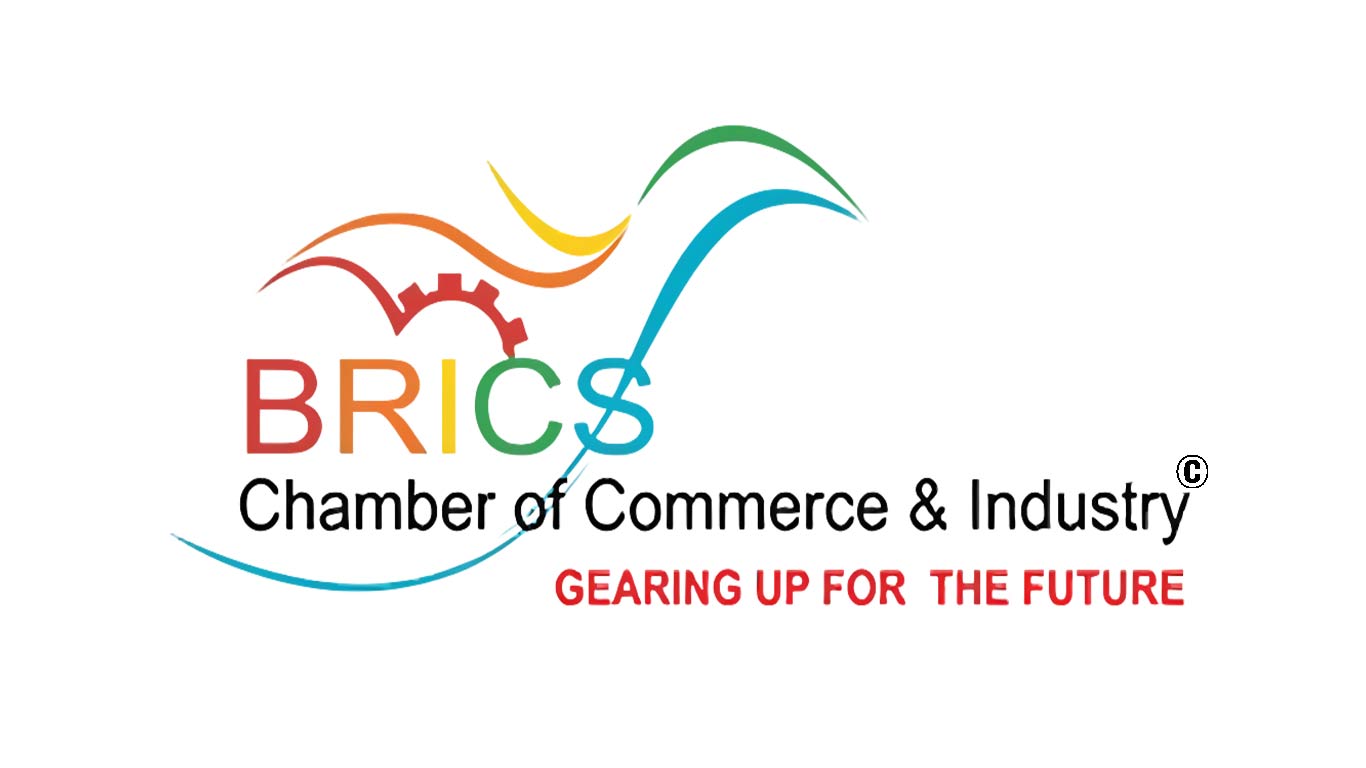
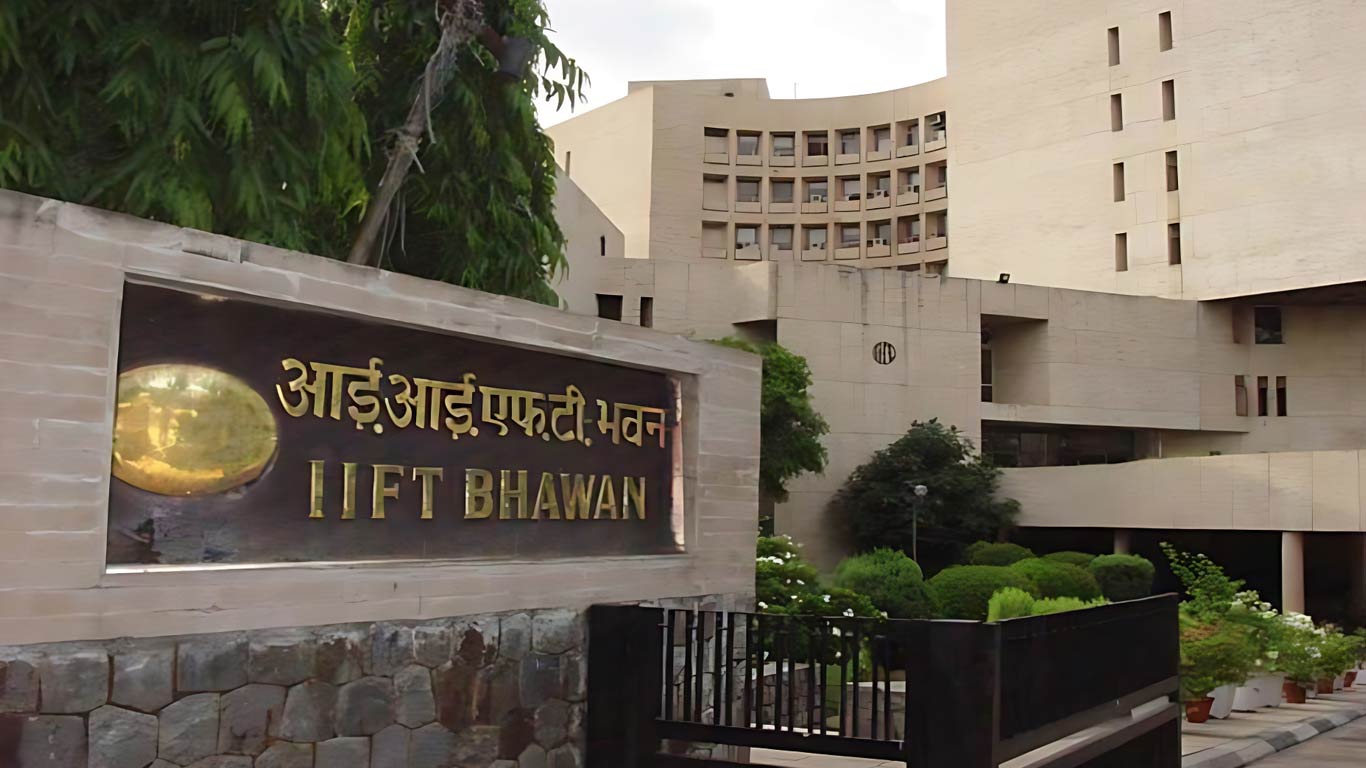
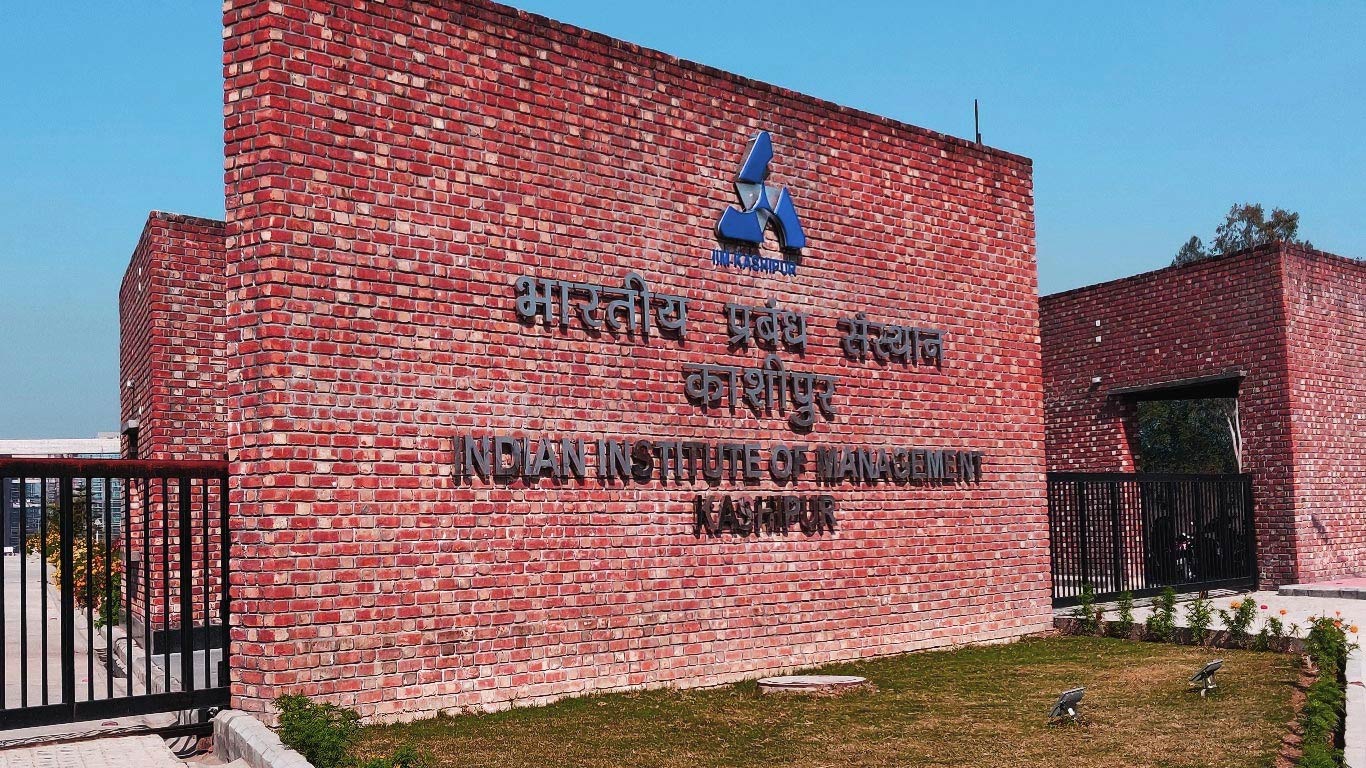





